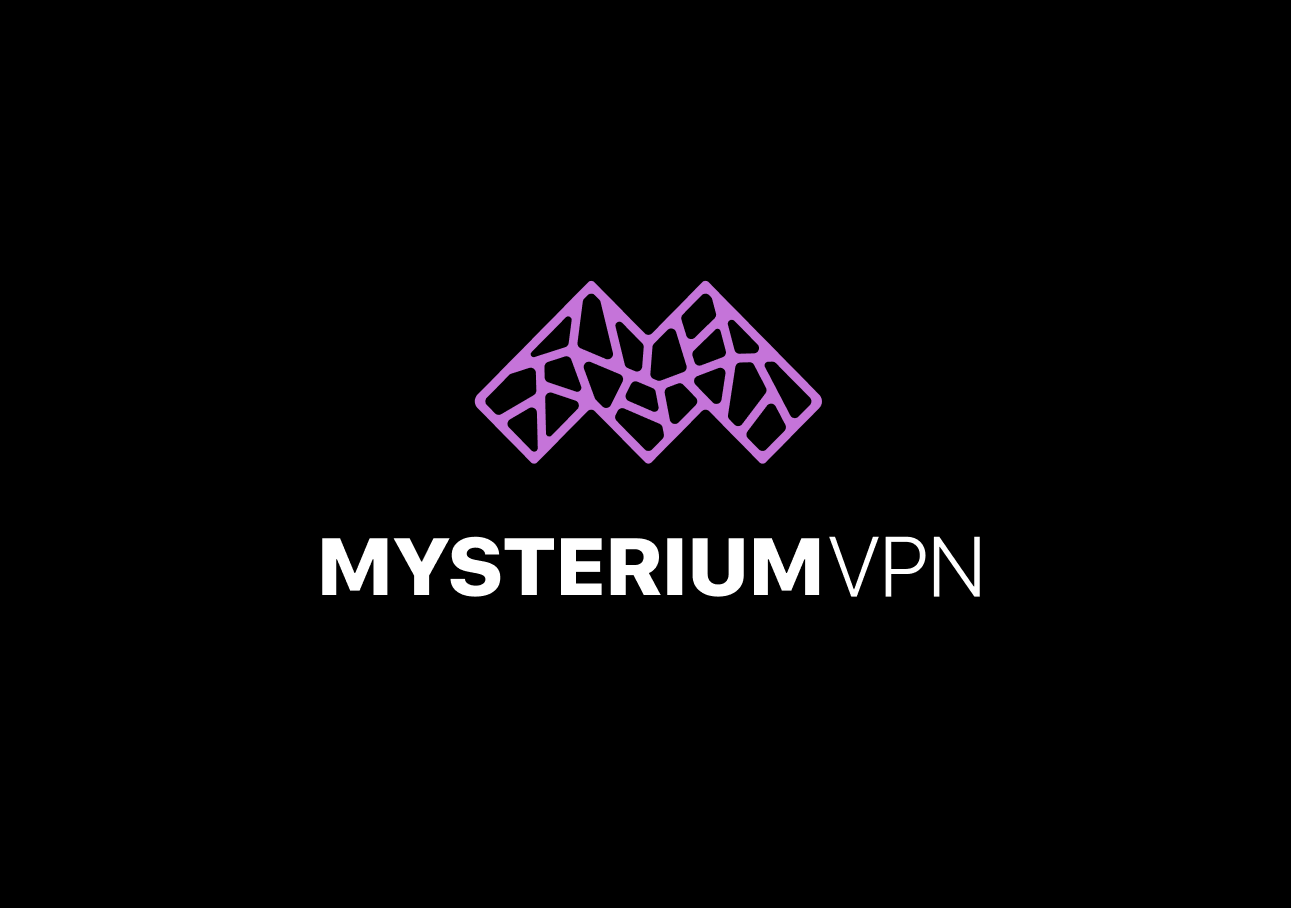447 reads
Are we stuck with high Ethereum gas costs forever?
by
May 19th, 2021
Audio Presented by

Unlock global content, bypass geo-blocks, and enjoy secure browsing with Mysterium VPN!
About Author
Unlock global content, bypass geo-blocks, and enjoy secure browsing with Mysterium VPN!